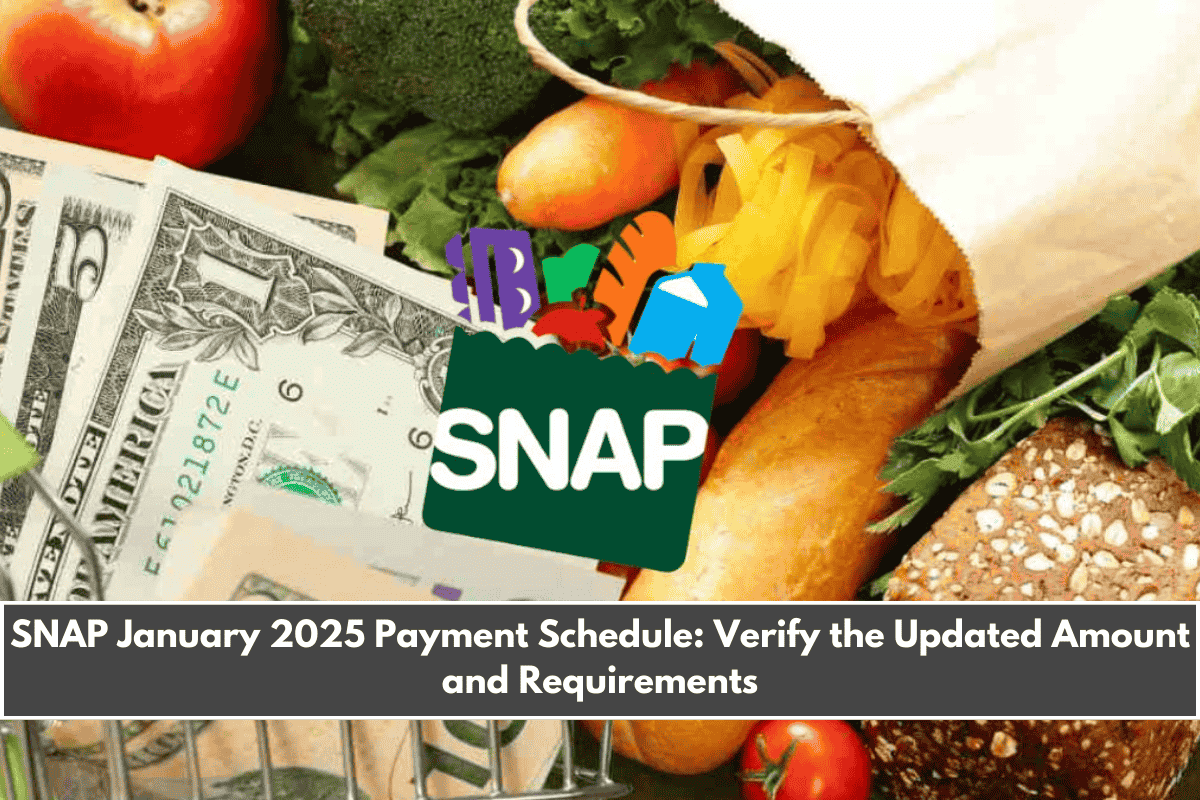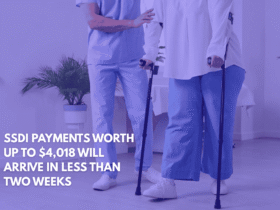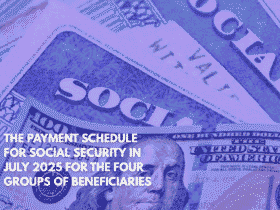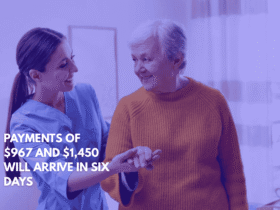The Supplemental Nutrition Assistance Program (SNAP) remains one of the most important food aid programs in the U.S., helping millions of Americans afford groceries and eat healthy, balanced meals. As we step into January 2025, new updates are in place — from increased benefit amounts to revised work requirements and payment schedules.
If you’re already receiving SNAP or planning to apply, this simple guide will help you understand the January 2025 SNAP payment schedule, eligibility rules, how much you can get, and how to make the most of your benefits.
What’s New in SNAP for January 2025?
With the start of the federal fiscal year 2025, SNAP benefits have seen some important updates, including a slight increase in allotments due to the Cost-of-Living Adjustment (COLA), as well as tighter work rules for certain adults.
Here’s what’s changed:
Updated SNAP Allotments (48 States and D.C.)
| Household Size | New Monthly Benefit (2025) |
|---|---|
| 1 person | $292 |
| 2 people | $536 |
| 3 people | $768 |
| 4 people | $975 |
| 5 people | $1,158 |
| 6 people | $1,390 |
| 7 people | $1,536 |
| 8 people | $1,756 |
| Each additional person | +$220 |
Households in Alaska, Hawaii, Guam, and the U.S. Virgin Islands may receive higher amounts due to the increased cost of living in those areas.
January 2025 COLA Update
The new COLA provides a 3% boost compared to 2024. This helps keep SNAP benefits in line with inflation and rising food costs.
SNAP January 2025 Payment Schedule: When Will You Get Paid?
Unlike other federal benefits, SNAP payments are issued by each state. This means the payment dates vary depending on where you live. In most states, your payment date depends on your case number, the last digits of your SSN, or your last name.
Sample State Schedules
California: SNAP benefits are paid between January 1–10, based on the last digit of your case number.
Texas: Payments are made over 15 days depending on your Social Security Number.
Florida: Benefits are issued over the first 28 days of the month, based on case numbers.
New York: Schedules vary by county and may run from the 1st through the 9th or longer.
Important: Always check your local SNAP agency’s website or call their office for your exact payment date.
Who Qualifies for SNAP in 2025?
SNAP eligibility is mainly based on income, household size, and assets. Here’s a quick overview:
Income Limits
- Gross Income (before deductions): Must be at or below 130% of the federal poverty line
- Example: For a family of 3, that’s around $2,798 per month
- Net Income (after deductions): Must be at or below 100% of the poverty line
Asset Limits
- Without elderly/disabled members: Limit is $3,000
- With elderly/disabled members: Limit increases to $4,500
Note: Your home and most retirement accounts are not counted toward asset limits.
Use the SNAP Pre-Screening Tool on the USDA SNAP website to check if you qualify.
Work Requirements for Able-Bodied Adults Without Dependents (ABAWDs)
In January 2025, SNAP rules have changed for ABAWDs:
If you’re aged 18 to 52, able-bodied, and have no dependents, you must:
- Work or participate in a workfare/training program for at least 80 hours a month
- Be enrolled in an approved employment program
Exemptions include:
- People with disabilities
- Pregnant individuals
- Those living in high-unemployment areas
How to Make the Most of Your SNAP Benefits
Smart Shopping Tips
- Plan Your Meals: Write a menu and shop with a list to avoid overspending
- Buy in Bulk: Items like rice, beans, oats, and canned goods stretch your benefits
- Use Coupons and Store Sales: Combine savings to get more food for less
Nutrition Tips
- Prioritize Whole Foods: Choose fresh or frozen fruits and vegetables, lean meats, and whole grains
- Cook at Home: Homemade meals are healthier and cheaper
- Avoid Processed Foods: They’re usually more expensive and less nutritious
Additional Resources You Can Use
- Double Up Food Bucks: Many states offer this program to match SNAP dollars when you buy fruits and veggies at local markets
- Food Pantries: Supplement your groceries with food banks and community meal programs
- SNAP-Ed: Free education on cooking, meal planning, and nutrition











Leave a Reply